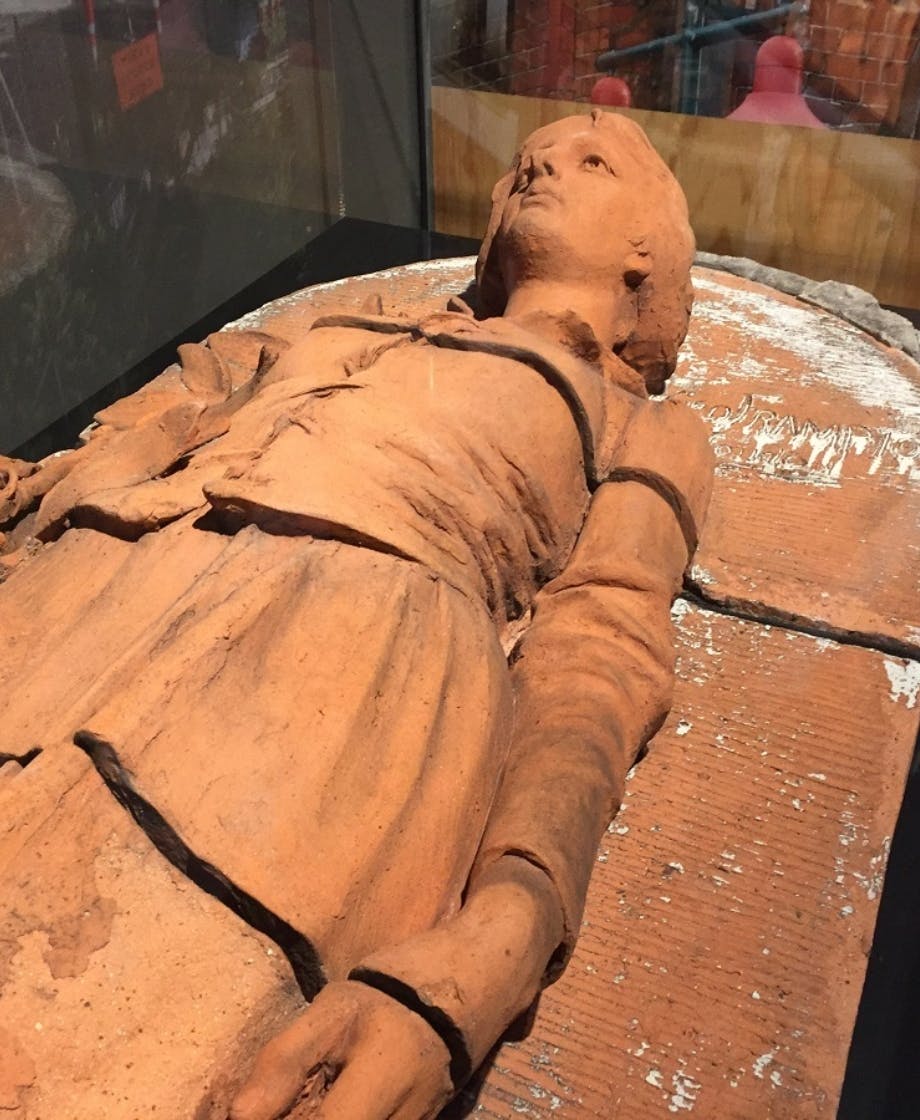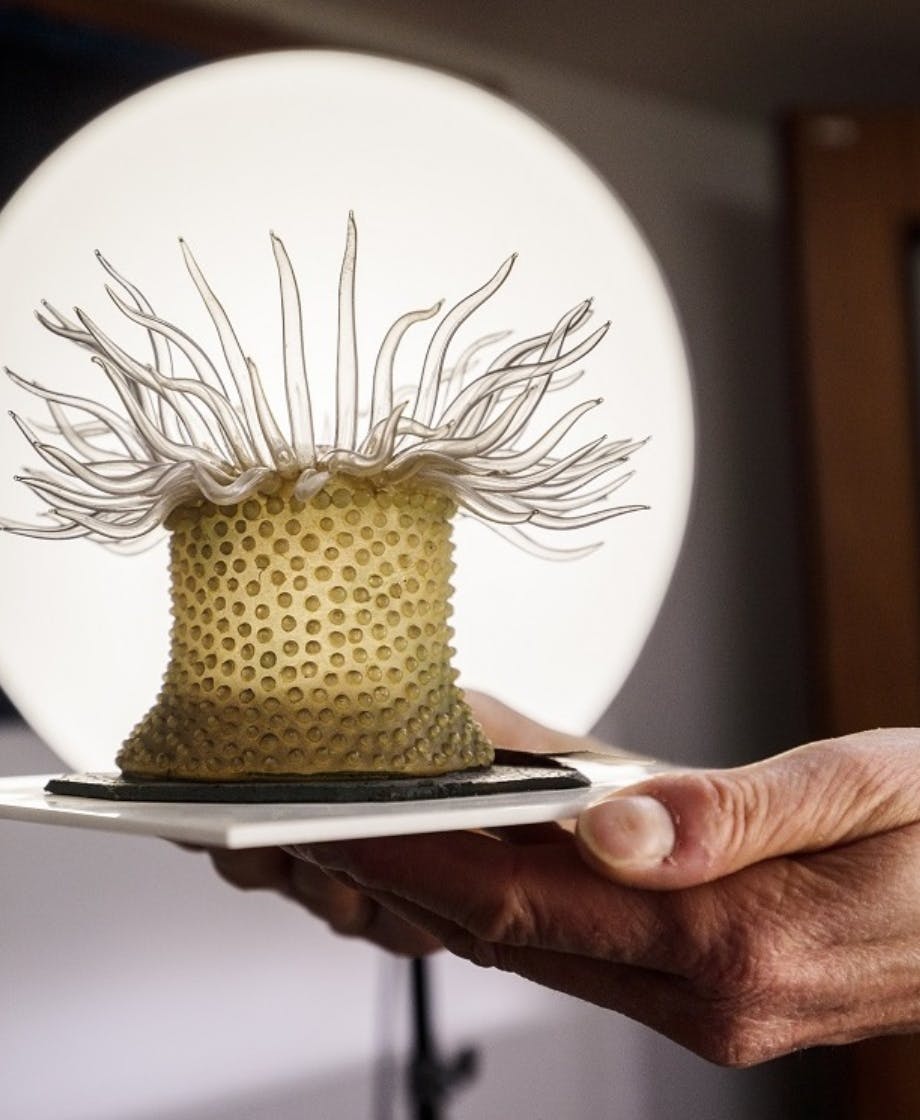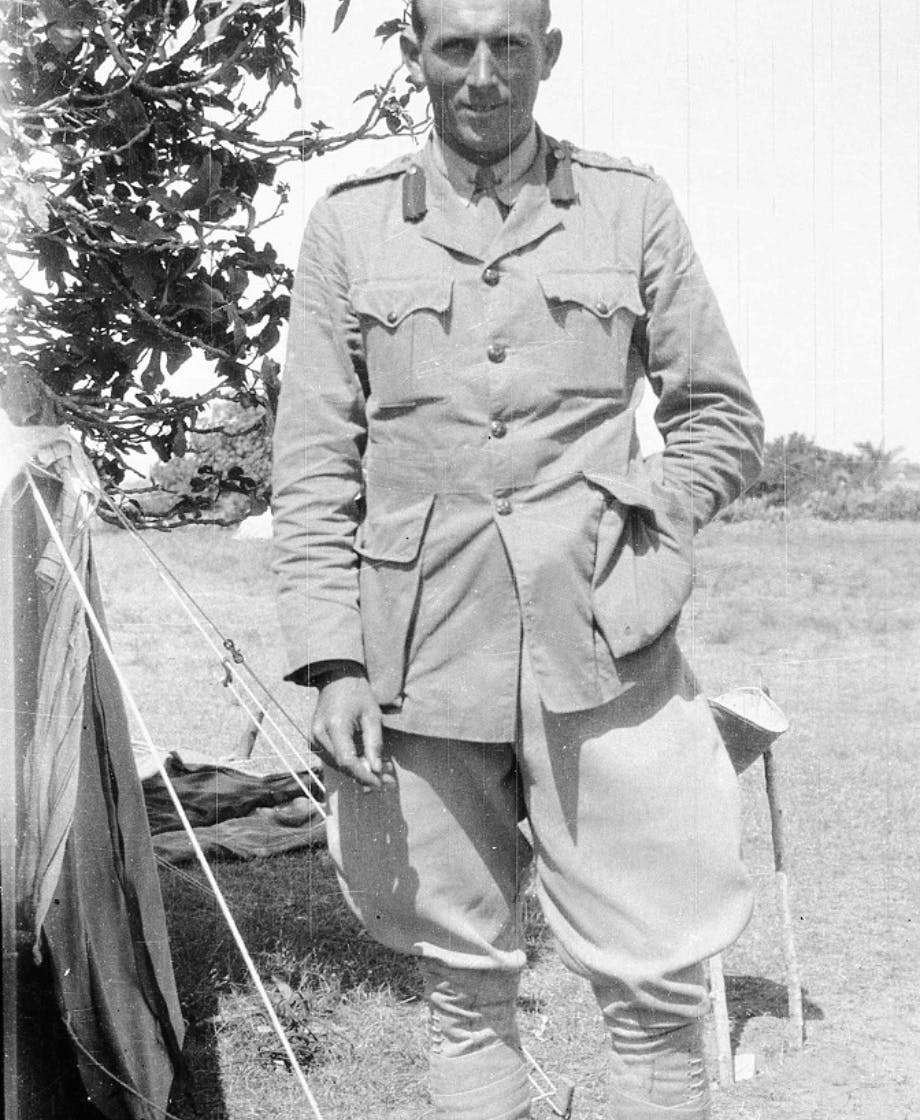In January 2020, the Museum was approached by the family of Christchurch dressmaker Zora Price about donating their mother’s collection of clothing that she had designed and made in the 1970s and 1980s.
Zora had recently passed away and her daughters felt that the Museum was the right place for their mother’s work. We couldn’t have agreed more. Her three daughters Niki, Deb and Susie visited the Museum to talk about their mother and show a selection of her designs.
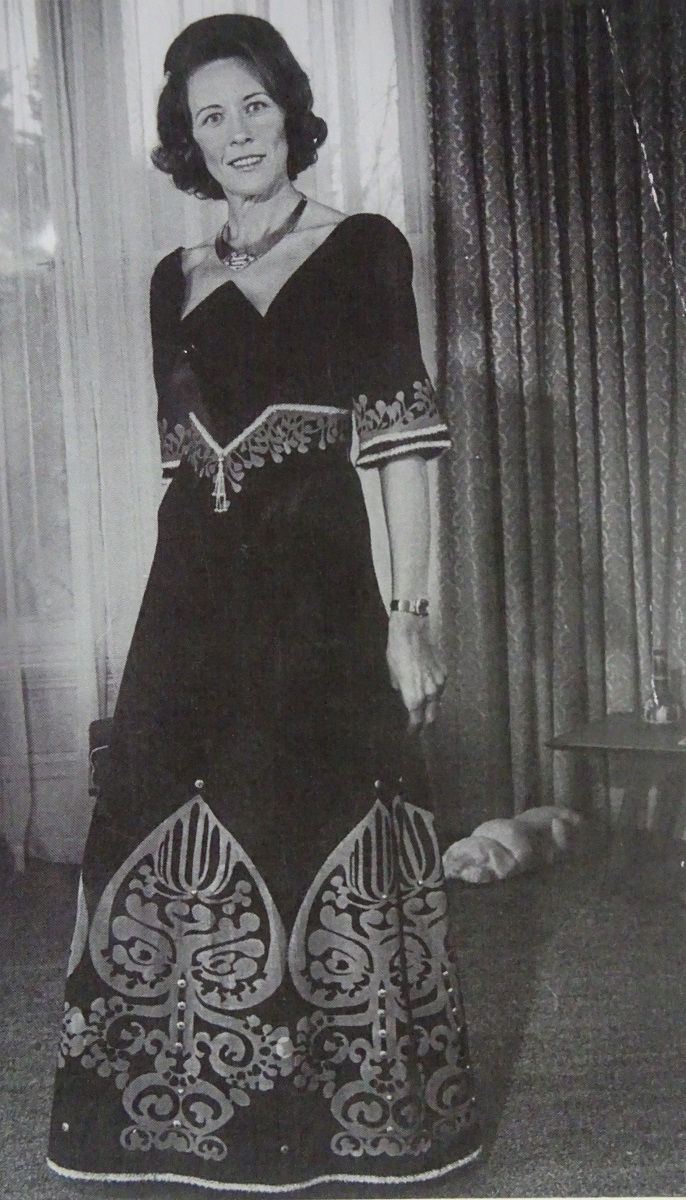
While arranging for the collection of 57 outfits to be sent down from Auckland, Level 4 lockdown hit the country, and it wasn’t until June that curatorial staff were able to see all the fabulous creations made by Zora’s hand.
Zora Emma Butterworth Treleavan was born in 1931 and grew up in Marshland on the northern edge of Christchurch. She attended school at St Margaret’s College where she studied home craft. Upon graduating, she taught at Christchurch Girls’ High and later at Risingholme Community Centre.
After marrying Bill Price in 1953, she ran a business in Christchurch custom-making wedding dresses and evening gowns (her husband ran a photography studio that took wedding photos). In 1972 she earned a New Zealand Trade Certificate in clothing and went on to teach pattern drafting at Christchurch Polytechnic School of Fashion in the 1980s.
Zora's daughters remember how busy she was trying to juggle the demands of running a dressmaking business, raising a family of girls, and teaching. She continued teaching into her 70s, leading pattern drafting classes at Hagley Community College.
Zora made many of her most innovative designs for herself. A friend living in London would send her patterns of the latest London fashions for inspiration. Bold fabrics and colours, elaborate beadwork and creative uses of interesting trims are signatures of Zora’s designs.

One of Zora’s most striking dresses (and one of her favourites) is a full-length black cotton velvet gown with silver screen printing that she made in 1971. It features a fungus-like pattern that was designed and applied by Christchurch screen printing artist Pamela Maling. Zora discovered the inverted "V" design of the bodice posed some problems as it occasionally fell down. Boning and interfacing fixed that problem. The dress is trimmed with silver-coloured braid and lined with bright red satin.
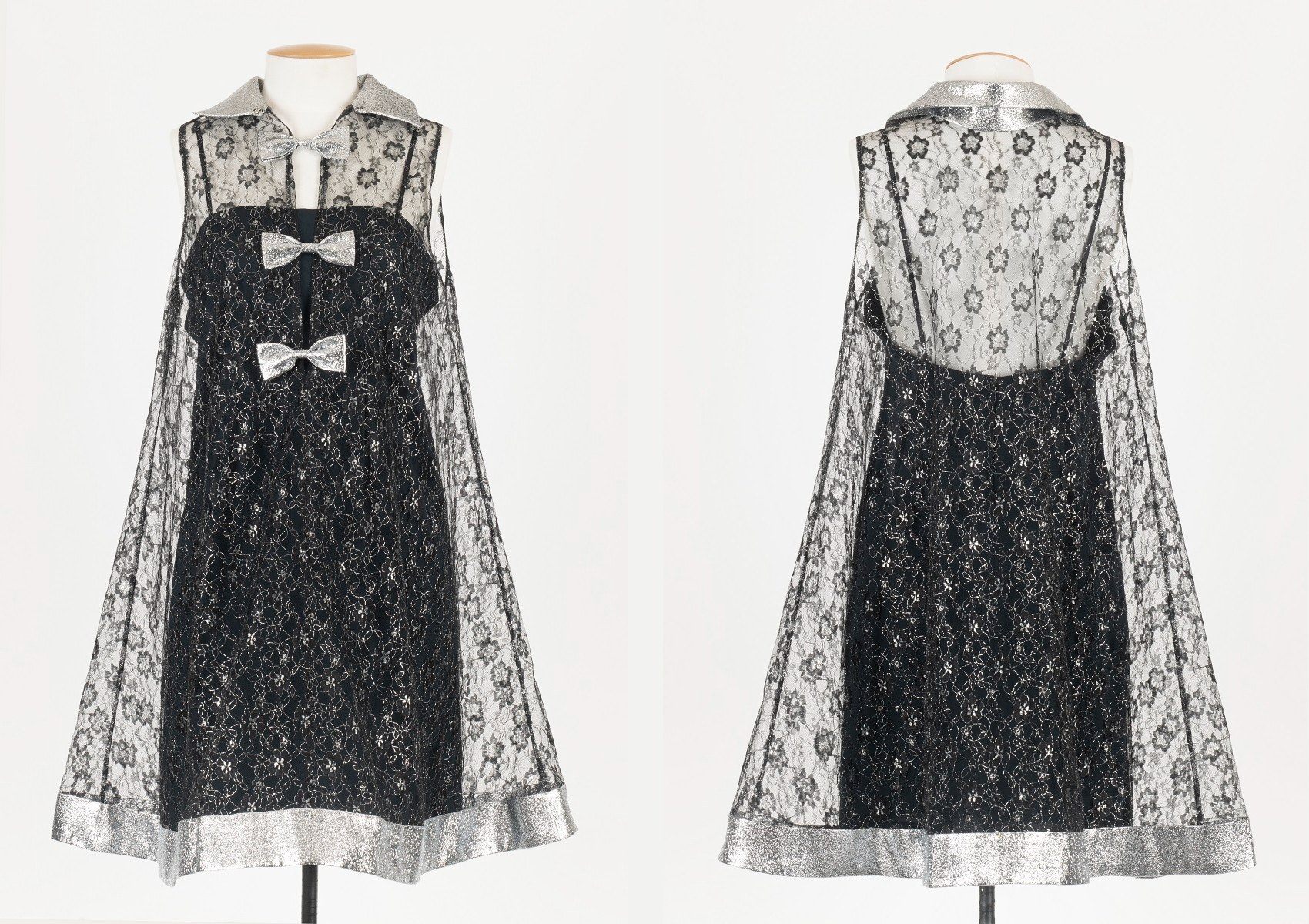
Many of Zora's designs incorporate shiny, metallic-like fabrics. This baby-doll style, knee-length dress made from black and silver lace features a silver Lurex-like fabric collar, hem and three decorative front bows that accentuate the baby-doll look.
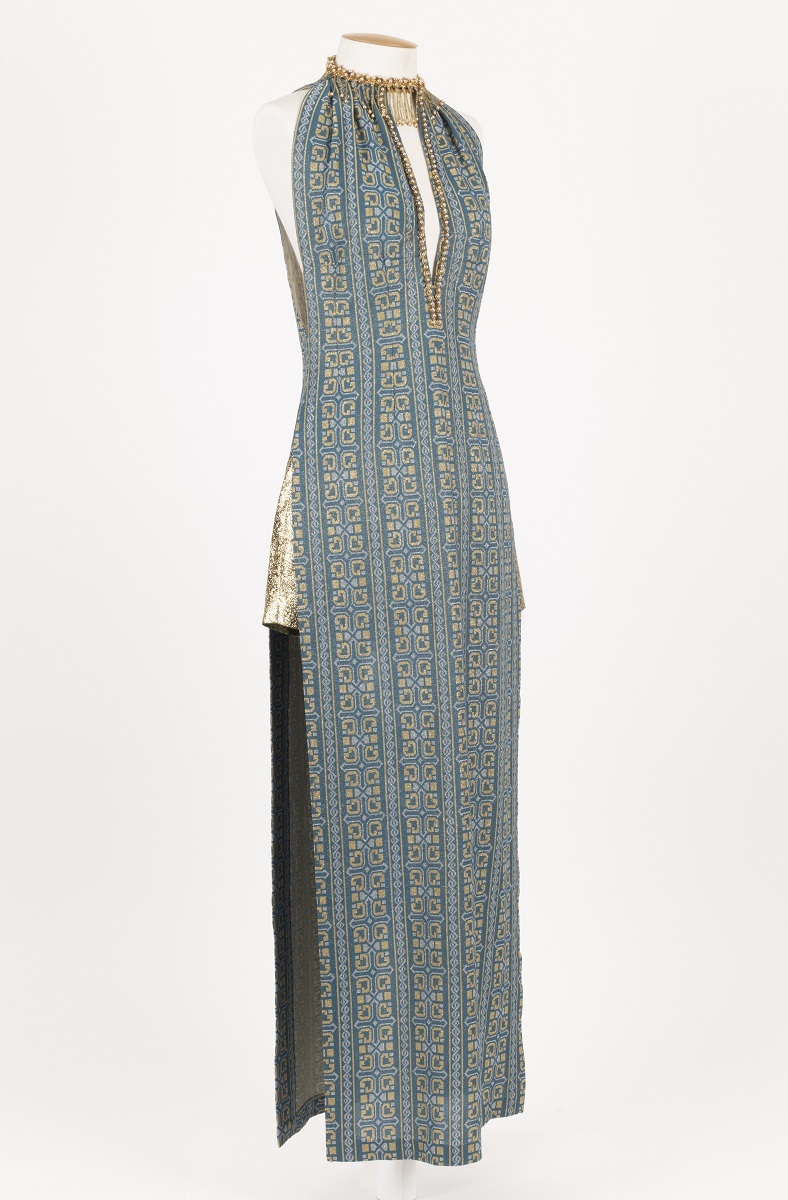
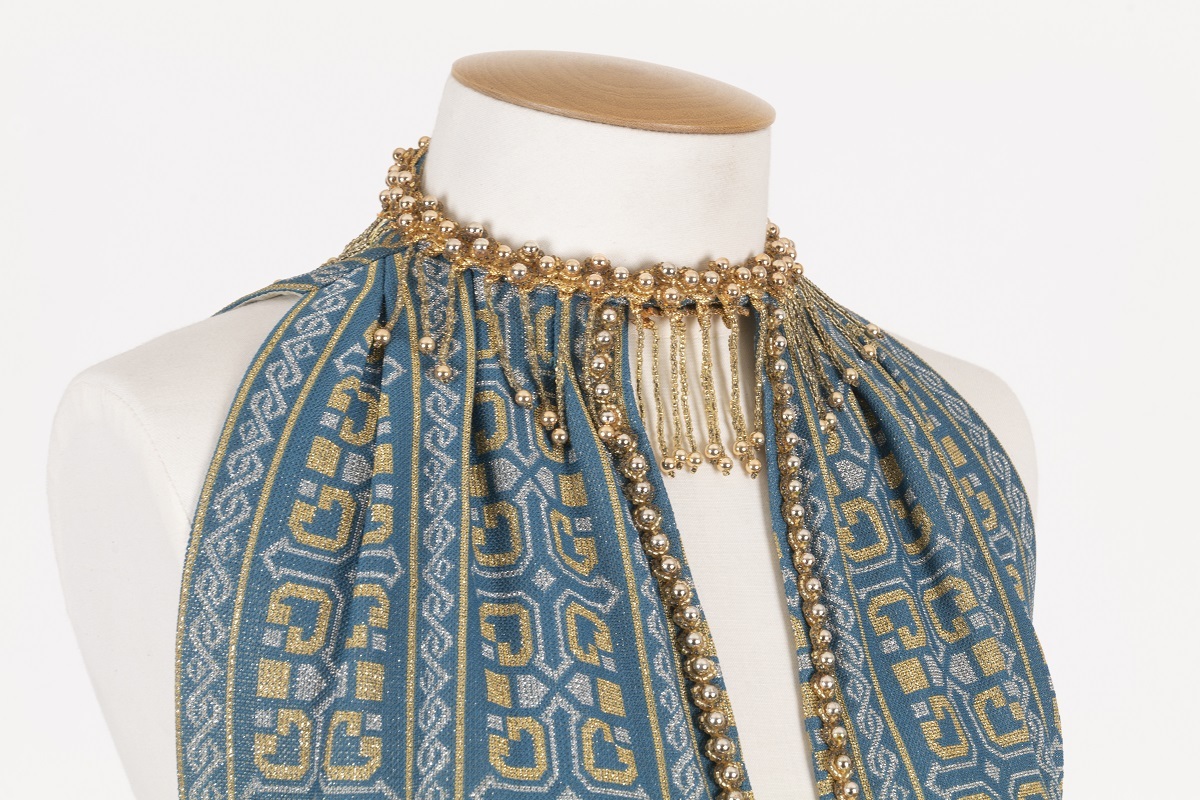
Hot pants were a favourite of Zora's and appear in several of her designs. The skirt of this floor-length dress made from a turquoise, silver and gold metallic fabric has side slits to the waist, revealing peeks of the gold metallic fabric hot pants beneath. Zora's creative use of trims and beadwork is evident in the ornate embellishment around the collar and down the front.
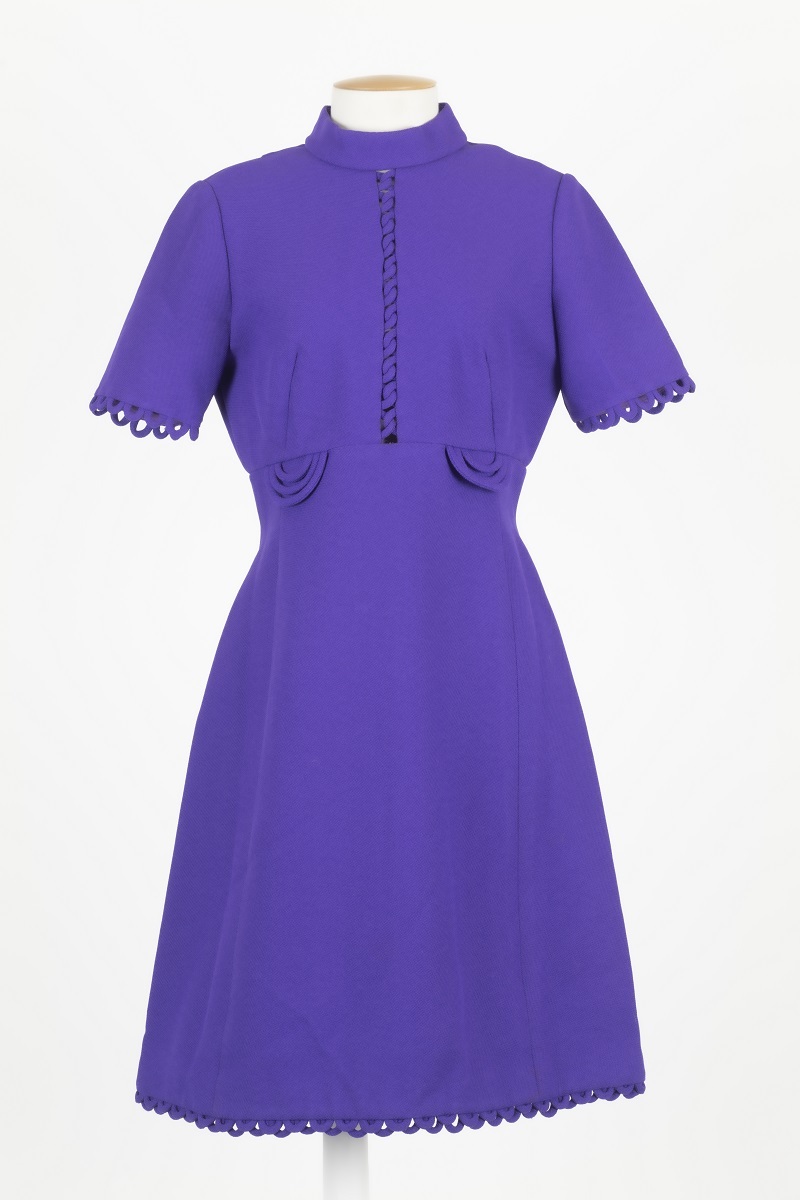

Not all of Zora's designs use fancy fabrics and embellishments to achieve a luxurious feel. The simple design of this knee-length polyester dress is made richer by its vivid purple colour and intricate self-fabric cord trim.
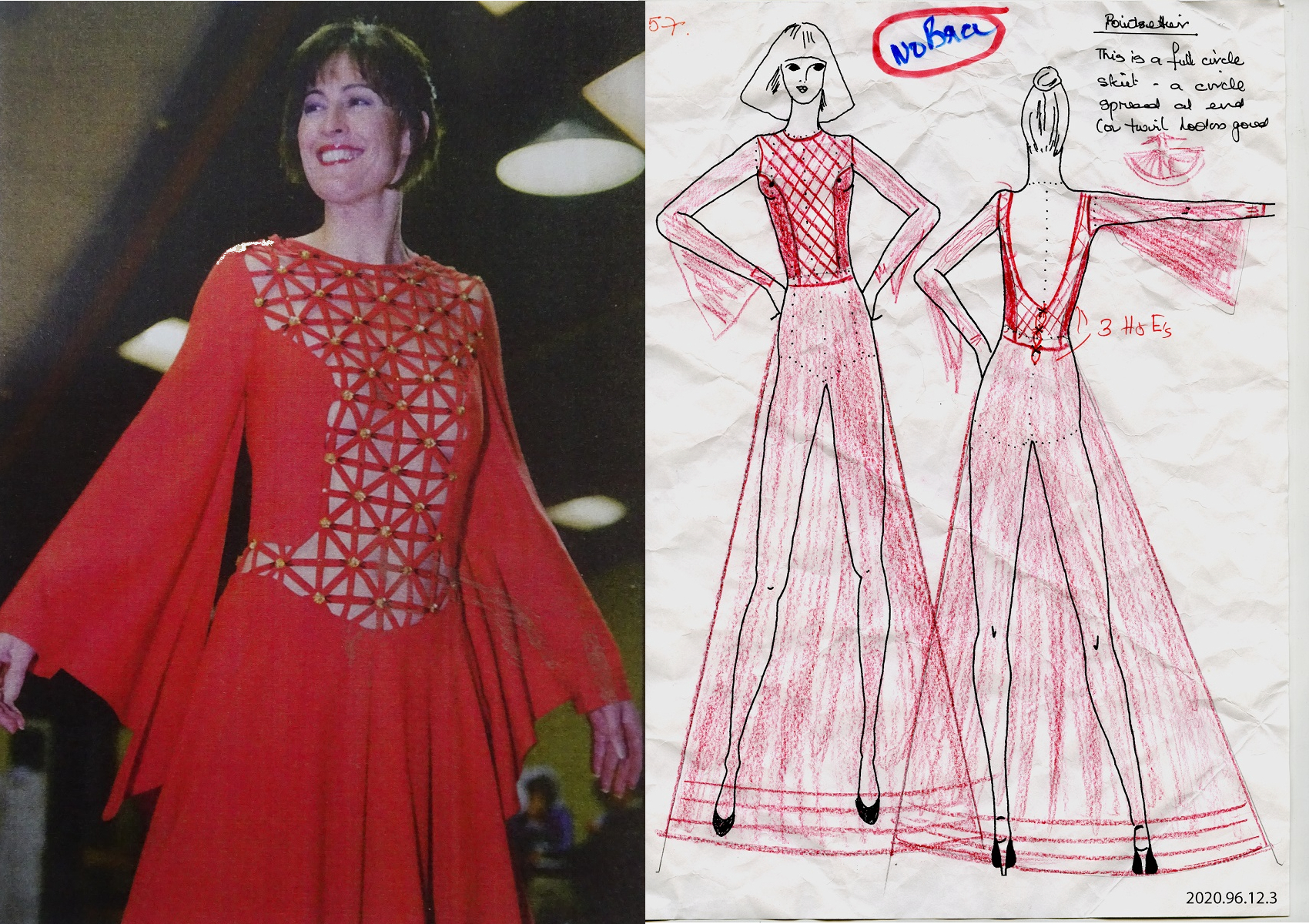
In 2003, St Mark's Church, Marshland, staged a fundraising fashion parade featuring Zora's collection. One of the models was Tammy Wells, best known as the face of the homeware company Briscoes, shown here in a skin-revealing bright red dress.
After the Canterbury earthquakes and Bill's death, Zora moved to Auckland and into the Selwyn Village care facility, which had been chosen for her because it had a sewing room. But Zora had decided that after a lifetime of sewing, she was ready to put it behind her. She instead spent her final years leading quizzes, taking art therapy classes and reading. She passed away in December 2019.



